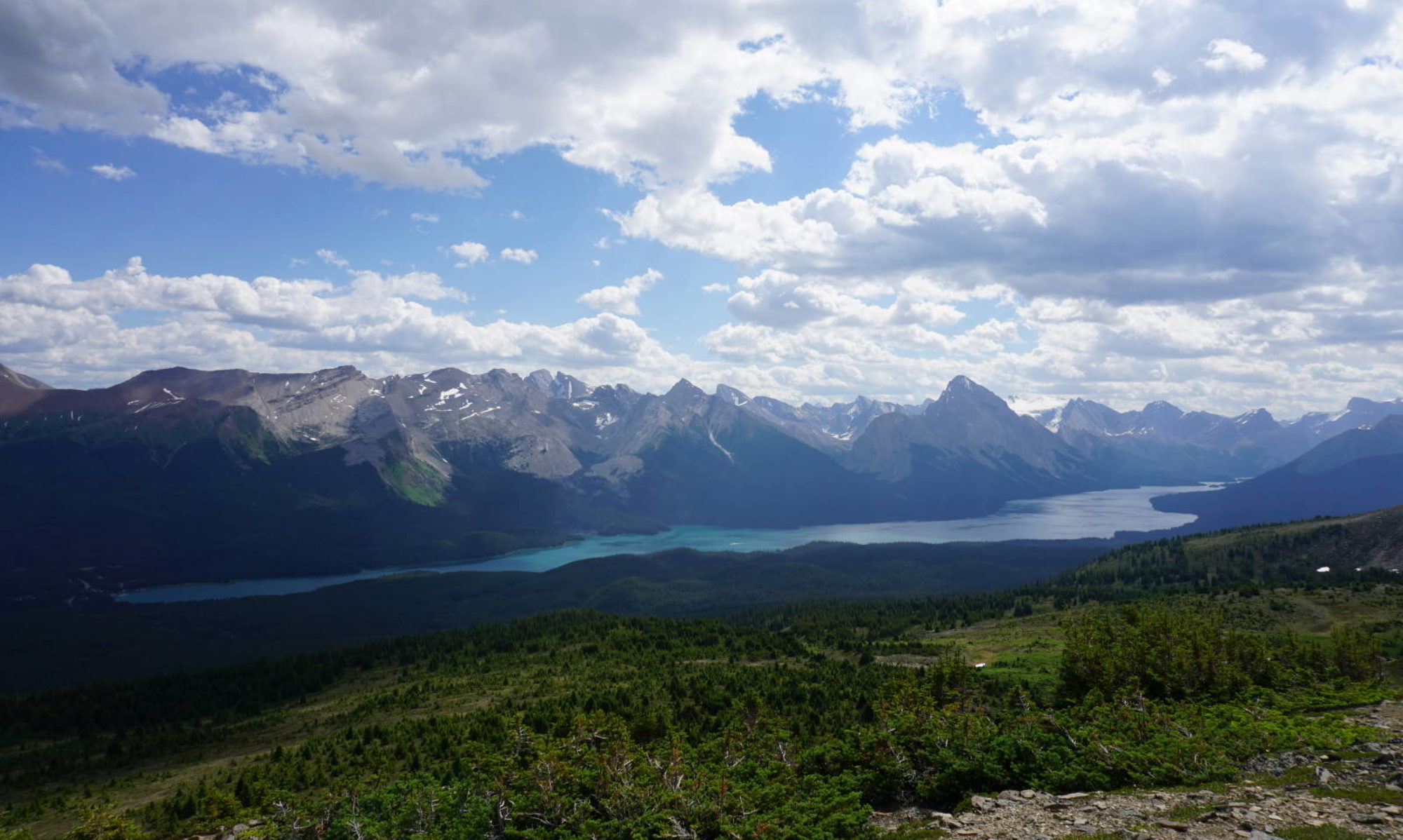June 20: I arrived in New Mexico on June 15th immediately making an audible on my destination that night. Instead of staying at Santa Rosa State park where it was in the 90s I continued on for another 2 hours to Big Tesuque Campground in the Santa Fe National Forest where it dropped into the 40s. That night I met Eddie who had left Idaho to visit his Aunt who lived in Santa Fe but on his way down, she passed away. Even though his Aunt had passed, when Eddie arrived in Santa Fe, he decided to stay. Leaving everything behind in Idaho (including a job and wife) and start a life in Santa Fe. His daughter and son-in-law came to join him from Oregon. He had been in Santa Fe for about 6 weeks and had another 3 before his house was ready for him to move into. I think he had been living at that campground the whole time. When I asked why he left Idaho he said he wasn’t happy and needed a change. I have no idea how much of that story was true but it was entertaining to listen to while I was making my dinner for the night.
The next day I walked around downtown Santa Fe, went to the Loretto Chapel and saw the magnificent staircase (spiral staircase with no center structural column). Santa Fe is a cute tourist town with many shops and galleries. I have never seen so many art or jewelry or photography galleries in my life. Even the coffee shops and restaurants call themselves galleries. After my walk through Santa Fe, I drove to Bandelier National Monument in Los Alamos, NM. Once I a parked my car in the campsite I walked to the park shuttle where I met Levi, Shannon and their son Rage who was 10-11ish I believe (I thought I heard his mom call him Corbin once but the rest of the time they both called him Rage). Levi had spent his high school years in Los Alamos but they lived in New Braunfels, TX now so we were able to bond over living in South Texas. They were nice enough to adopt me for the day as we walked through the ruins of the ancient Pueblo peoples’ village. The village was built in what is now called the Frijoles canyon. The mesa and mountains surrounding the canyon were formed through two volcanic eruptions. The walls of the canyon are made of soft rock that was turned into swiss cheese through wind erosion. The Pueblo people used tools to carve out homes in this rock face creating cliff dwellings. I climbed up 140ft ladder to the Alcove House which is a deep depression in the rock face that allows many people to sit up there to avoid the wind and weather. While Levi, Rage and I (Shannon stayed on the ground) were at the top we met several other families who made the climb up. Some families were from Dallas, the others from Houston. Seriously, everyone up there was from Texas. It was weird.
Heading back to my campsite for the night I could see the effects of the El Cajete wildfire billowing smoke over head. Thankfully the wind wasn’t pushing the smoke directly over Bandelier so it was mostly clear. That evening I drove over to the city of Los Alamos for the free Friday night concert series. The Red Elvisies were the feature band that night whose lead singer is from Moscow and after every song he would scream into the microphone, “Are you having fun?!?!?” in his deep Russian accent. He would say that two or three times after every song then start the next song. At first it was annoying then I couldn’t help but laugh. Like one of those commercials you can’t stand but then you become endeared to. “Head On, Apply Directly to the Forehead”.
On the 17th, I drove to the Taos Pueblo in New Mexico which is considered one of the oldest continuously inhabited settlements in the United States. After I walked through the village looking at the old mud buildings and their art, jewelry and photography galleries, I stopped by the café where I talked to Glinda Concha. We talked for about 30 minutes while I ate my frybread. She is 61 years old and grew up in the Taos Pueblo. She told me how the village used to look. With a baseball diamond in the middle of the village where the children played and how the river provided all the water they needed. She told me about how they had to fight for their water from the Federal Government as the source of the river was starting to be used for cattle grazing. Finally she talked about how the government’s assimilation program (moving pueblo people into the cities) and the utilities coming out to their village saw people move out of the pueblo and leave it to where it is today.
After I left the Taos Pueblo I went North passing over the Rio Grande Gorge Bridge (Sorry I didn’t take a picture but as there were approximately 200 people on the bridge taking a picture when I crossed, I’m sure you can google some good ones) then onto Colorado.
Matthew
